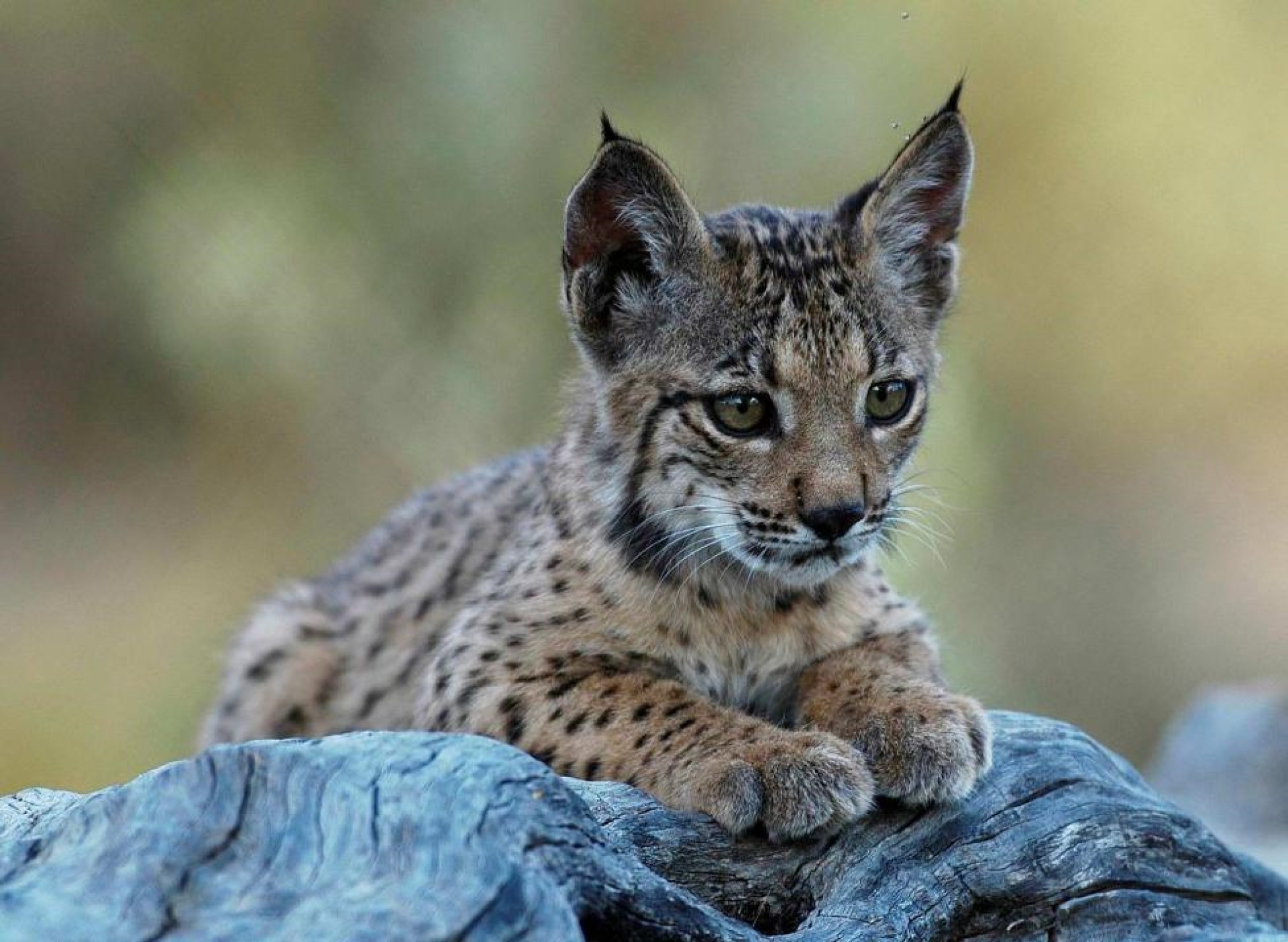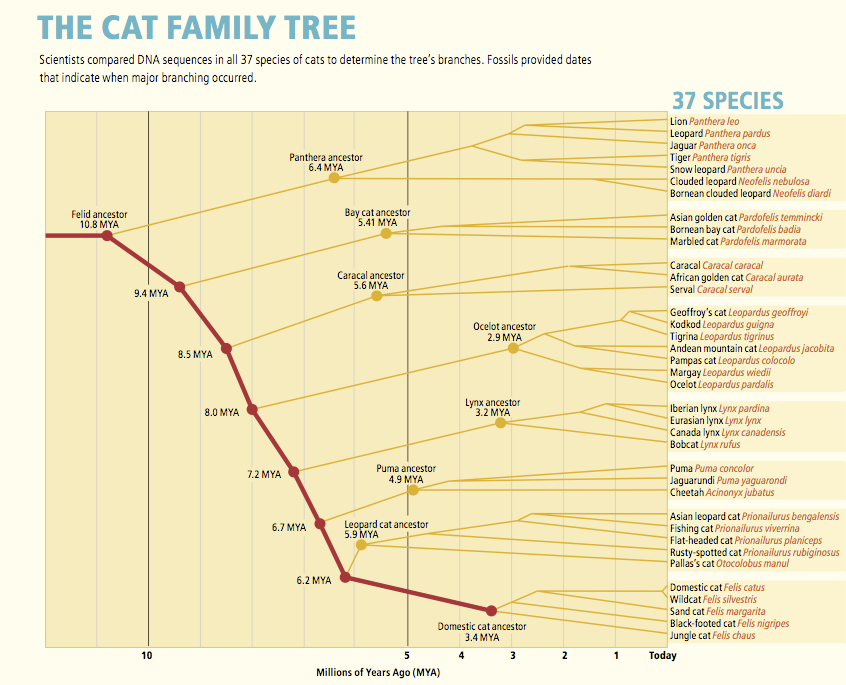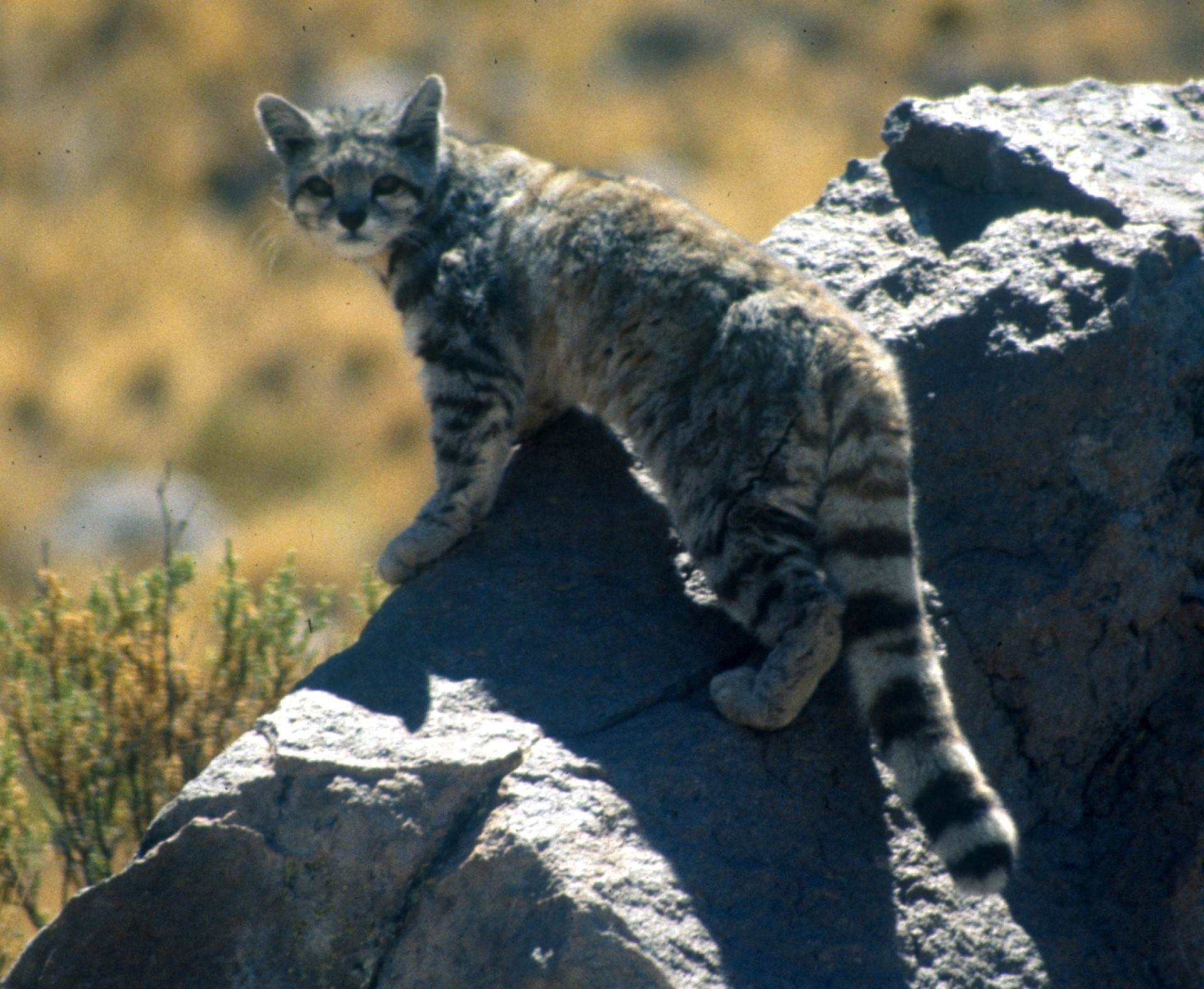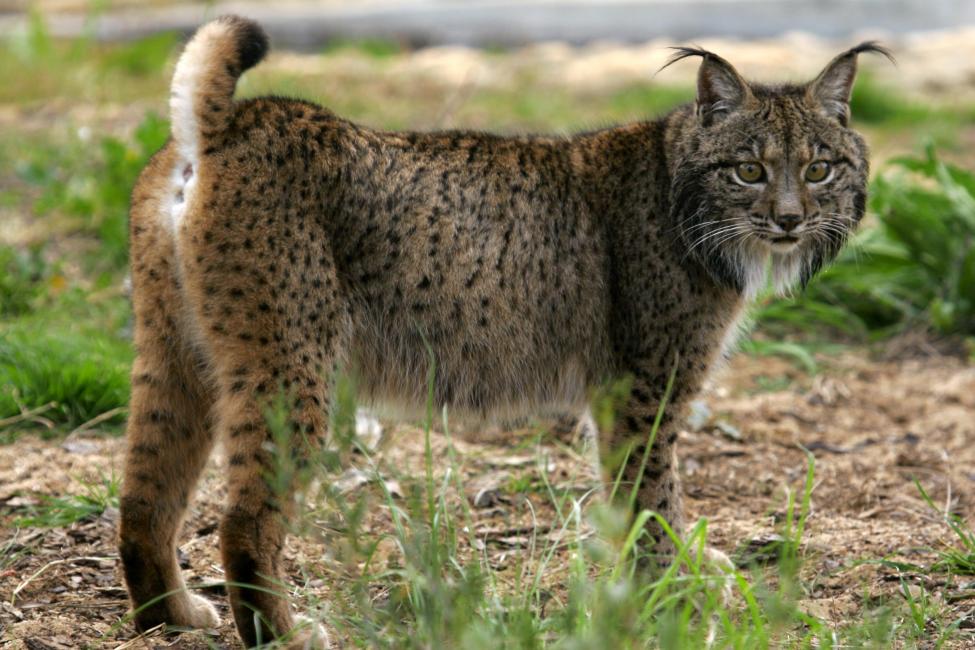
Lynx (Iberian)
Iberian Lynx: Once found throughout the Iberian Peninsular as well as much of France: The Iberian lynx population fell to just 94 cats in two populations (23 years ago). Through intensive work the population has returned to 1668 as of May in 2023. This is currently restricted to just the south and west of the Iberian peninsular, but is likely to slowly expand its range North and East.
It is fantastic to see the Iberian Lynx returning to places that it was found in the past, however, what is clear is that as the human race, our current understanding of science allows a great deal of power, and it is scary to think that the introduction of an illness to kill rabbits could come so close to exterminating all Iberian Lynx.
[smart_post_show id="24893"]














